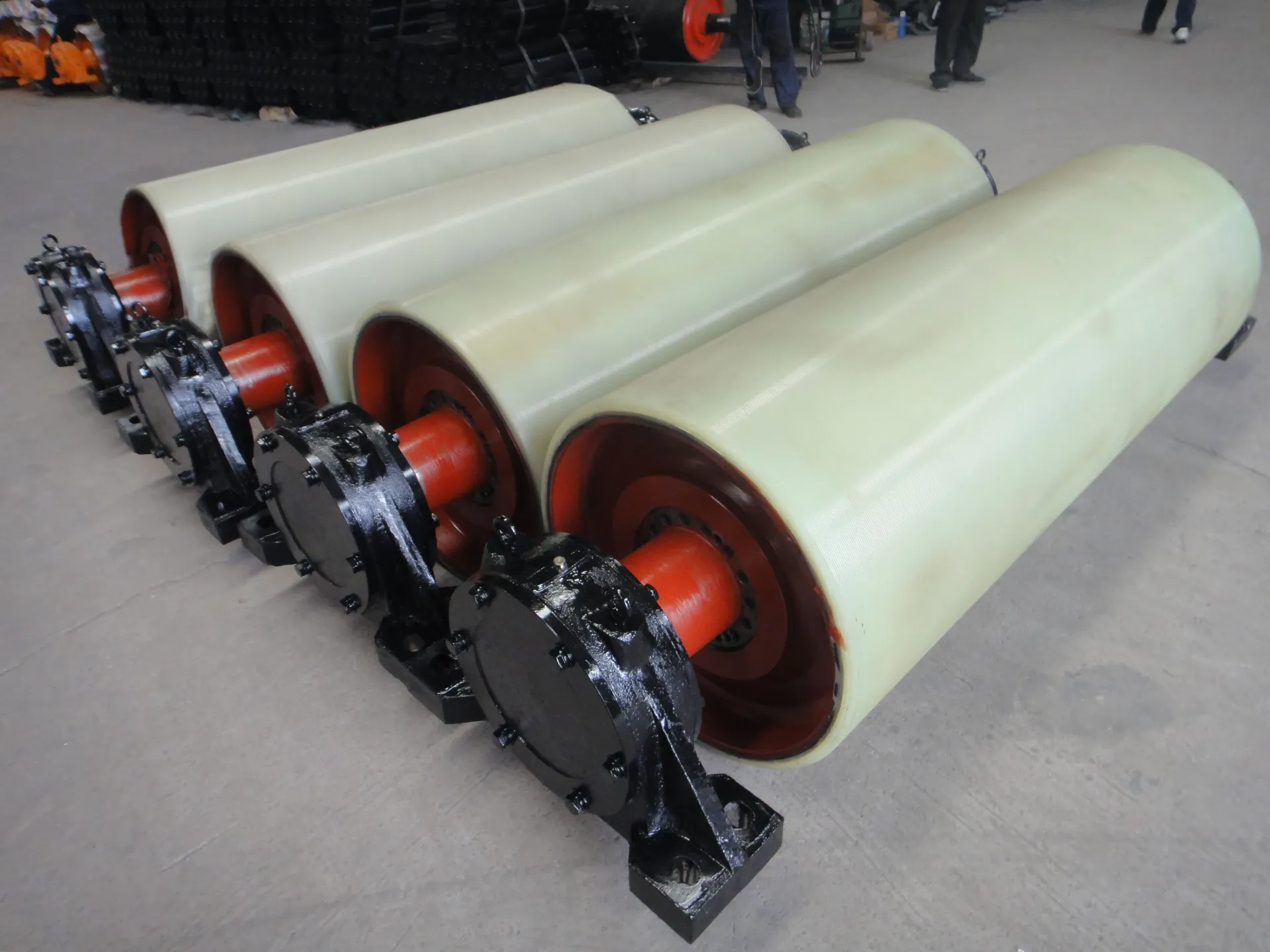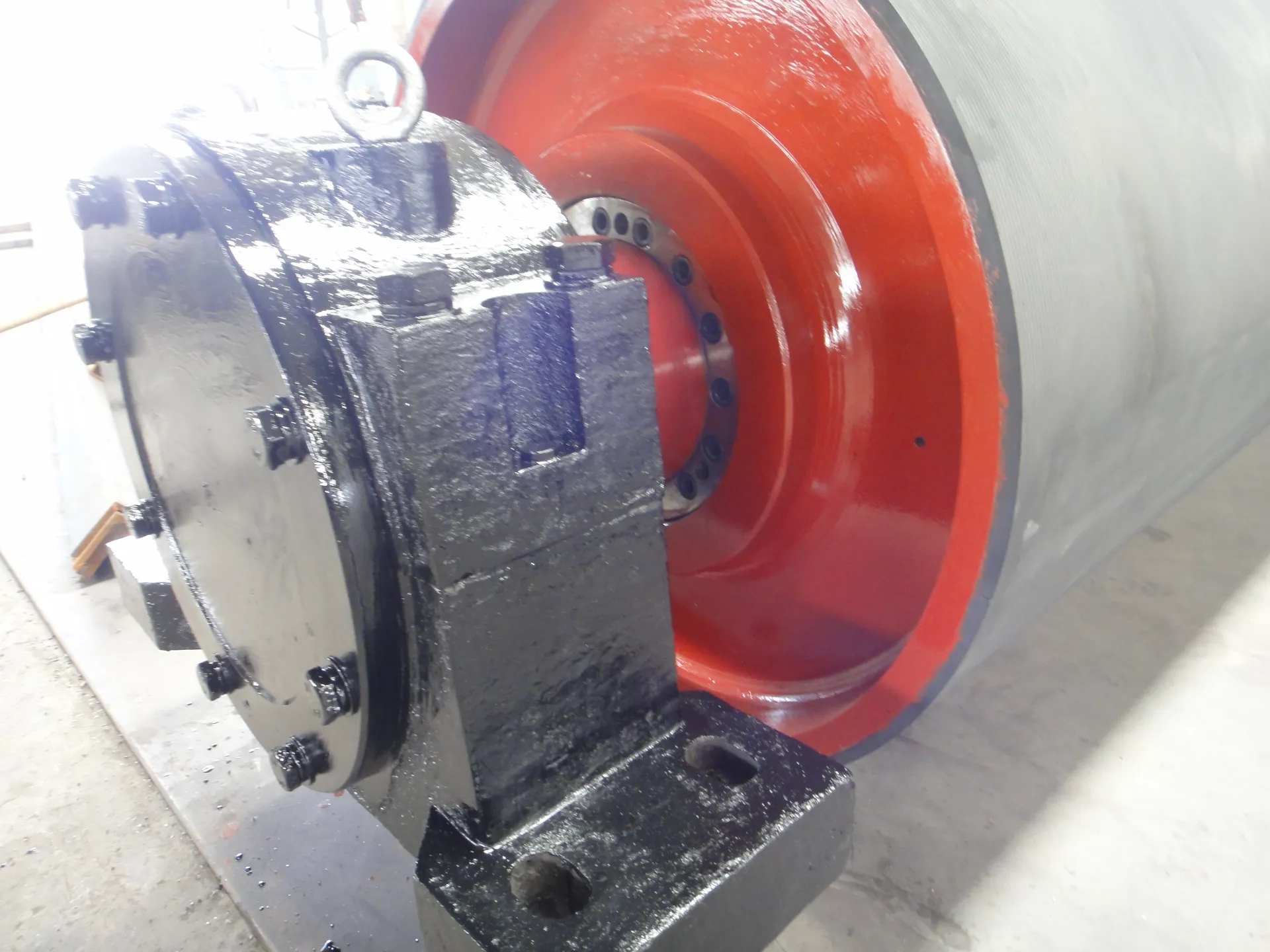 Afrikaans
Afrikaans  Albanian
Albanian  Amharic
Amharic  Arabic
Arabic  Armenian
Armenian  Azerbaijani
Azerbaijani  Basque
Basque  Belarusian
Belarusian  Bengali
Bengali  Bosnian
Bosnian  Bulgarian
Bulgarian  Catalan
Catalan  Cebuano
Cebuano  Corsican
Corsican  Croatian
Croatian  Czech
Czech  Danish
Danish  Dutch
Dutch  Engels
Engels  Esperanto
Esperanto  Estonian
Estonian  Finnish
Finnish  French
French  Frisian
Frisian  Galician
Galician  Georgian
Georgian  German
German  Greek
Greek  Gujarati
Gujarati  Haitian Creole
Haitian Creole  hausa
hausa  hawaiian
hawaiian  Hebrew
Hebrew  Hindi
Hindi  Miao
Miao  Hungarian
Hungarian  Icelandic
Icelandic  igbo
igbo  Indonesian
Indonesian  irish
irish  Italian
Italian  Japanese
Japanese  Javanese
Javanese  Kannada
Kannada  kazakh
kazakh  Khmer
Khmer  Rwandese
Rwandese  Korean
Korean  Kurdish
Kurdish  Kyrgyz
Kyrgyz  Lao
Lao  Latin
Latin  Latvian
Latvian  Lithuanian
Lithuanian  Luxembourgish
Luxembourgish  Macedonian
Macedonian  Malgashi
Malgashi  Malay
Malay  Malayalam
Malayalam  Maltese
Maltese  Maori
Maori  Marathi
Marathi  Mongolian
Mongolian  Myanmar
Myanmar  Nepali
Nepali  Norwegian
Norwegian  Norwegian
Norwegian  Occitan
Occitan  Pashto
Pashto  Persian
Persian  Polish
Polish  Portuguese
Portuguese  Punjabi
Punjabi  Romanian
Romanian  Russian
Russian  Samoan
Samoan  Scottish Gaelic
Scottish Gaelic  Serbian
Serbian  Sesotho
Sesotho  Shona
Shona  Sindhi
Sindhi  Sinhala
Sinhala  Slovak
Slovak  Slovenian
Slovenian  Somali
Somali  Spanish
Spanish  Sundanese
Sundanese  Swahili
Swahili  Swedish
Swedish  Tagalog
Tagalog  Tajik
Tajik  Tamil
Tamil  Tatar
Tatar  Telugu
Telugu  Thai
Thai  Turkish
Turkish  Turkmen
Turkmen  Ukrainian
Ukrainian  Urdu
Urdu  Uighur
Uighur  Uzbek
Uzbek  Vietnamese
Vietnamese  Welsh
Welsh  Bantu
Bantu  Yiddish
Yiddish  Yoruba
Yoruba  Zulu
Zulu The Difference Between Rubber Lagging Pulley and Polyurethane Pulley
In industrial applications, pulleys play a crucial role in the performance and longevity of conveyor systems. The choice between a rubber lagging pulley and a polyurethane pulley can significantly impact the efficiency, durability, and maintenance of your conveyor system. Each type of pulley has its own set of advantages depending on the specific environment and operational demands. Let’s explore the key differences and advantages of each pulley to help you determine which one is most suitable for your application.


The Advantages of Rubber Lagging Pulley
A rubber lagging pulley is commonly used in environments where strong traction and grip are required. Rubber lagging increases the friction between the pulley and the conveyor belt, preventing slippage and reducing wear on the belt. This enhanced grip makes rubber lagging pulleys ideal for heavy-duty applications such as mining, aggregate handling, and other industries where materials are tough and abrasive.
One of the standout advantages of a rubber lagging pulley is its ability to absorb shock. This makes it suitable for environments with significant vibrations or material impacts, reducing the strain on the conveyor system and extending its lifespan. Additionally, rubber lagging offers better resistance to water and moisture, making it a reliable choice for outdoor applications or damp environments.
What is Suitable for Polyurethane Pulley
Polyurethane pulleys offer excellent resistance to chemicals, oils, and solvents, making them the preferred choice in industries such as food processing, chemical handling, and pharmaceuticals. Polyurethane is known for its strength and resilience, providing a high level of durability while maintaining flexibility. A polyurethane pulley is highly resistant to wear and abrasion, ensuring that it performs well in applications where the pulley will be in constant contact with the belt.
Unlike rubber, polyurethane is less likely to degrade over time when exposed to harsh substances, making it a long-lasting option in chemically demanding environments. Furthermore, polyurethane pulleys generate less heat during operation, reducing the risk of thermal degradation of the conveyor belt and pulley system.
Rubber Lagging Pulley vs Polyurethane Pulley: Which One is More Durable?
When comparing the durability of a rubber lagging pulley vs a polyurethane pulley, the answer largely depends on the specific application. In general, polyurethane offers superior durability in terms of resistance to chemicals and abrasion. Its ability to maintain strength over long periods, even in challenging environments, gives polyurethane the edge in durability for certain industries.
However, in environments where high traction and shock absorption are crucial, such as in mining or heavy industrial operations, the rubber lagging pulley tends to be more durable. The rubber provides a strong grip and can withstand the heavy stress associated with constant material handling, making it more suitable for high-impact environments.
Both types of pulleys are highly durable in their respective applications, but the choice comes down to the specific needs of the conveyor system.
Rubber Lagging Pulley vs Polyurethane Pulley: What’s the Difference?
The primary difference between a rubber lagging pulley and a polyurethane pulley is the material composition and how each performs in various environments.
Rubber lagging pulley: Known for its superior grip and shock absorption, it’s best suited for industries requiring high traction and resistance to outdoor elements like moisture. It’s also better in applications with substantial physical impacts or vibrations.
Polyurethane pulley: This pulley excels in environments with chemical exposure, maintaining integrity in industries like food processing and pharmaceuticals. It is also more resistant to heat and abrasion, making it ideal for high-speed operations where wear resistance is crucial.
Both rubber lagging pulleys and polyurethane pulleys offer distinct advantages depending on the operational environment. It’s important to carefully assess the specific requirements of your conveyor system to choose the pulley material that will optimize performance and longevity.
In conclusion, both rubber lagging pulleys and polyurethane pulleys provide significant advantages, but their suitability depends on the application. If you need high traction, shock absorption, and outdoor durability, the rubber lagging pulley is likely your best option. However, if chemical resistance, abrasion resistance, and long-term durability in harsh environments are priorities, the polyurethane pulley would be more appropriate. Understanding the differences between these two types of pulleys will ensure that your conveyor system operates efficiently and effectively, reducing downtime and maintenance costs.
-
Revolutionizing Conveyor Reliability with Advanced Rubber Lagging PulleysNieuwsJul.22,2025
-
Powering Precision and Durability with Expert Manufacturers of Conveyor ComponentsNieuwsJul.22,2025
-
Optimizing Conveyor Systems with Advanced Conveyor AccessoriesNieuwsJul.22,2025
-
Maximize Conveyor Efficiency with Quality Conveyor Idler PulleysNieuwsJul.22,2025
-
Future-Proof Your Conveyor System with High-Performance Polyurethane RollerNieuwsJul.22,2025
-
Driving Efficiency Forward with Quality Idlers and RollersNieuwsJul.22,2025





























